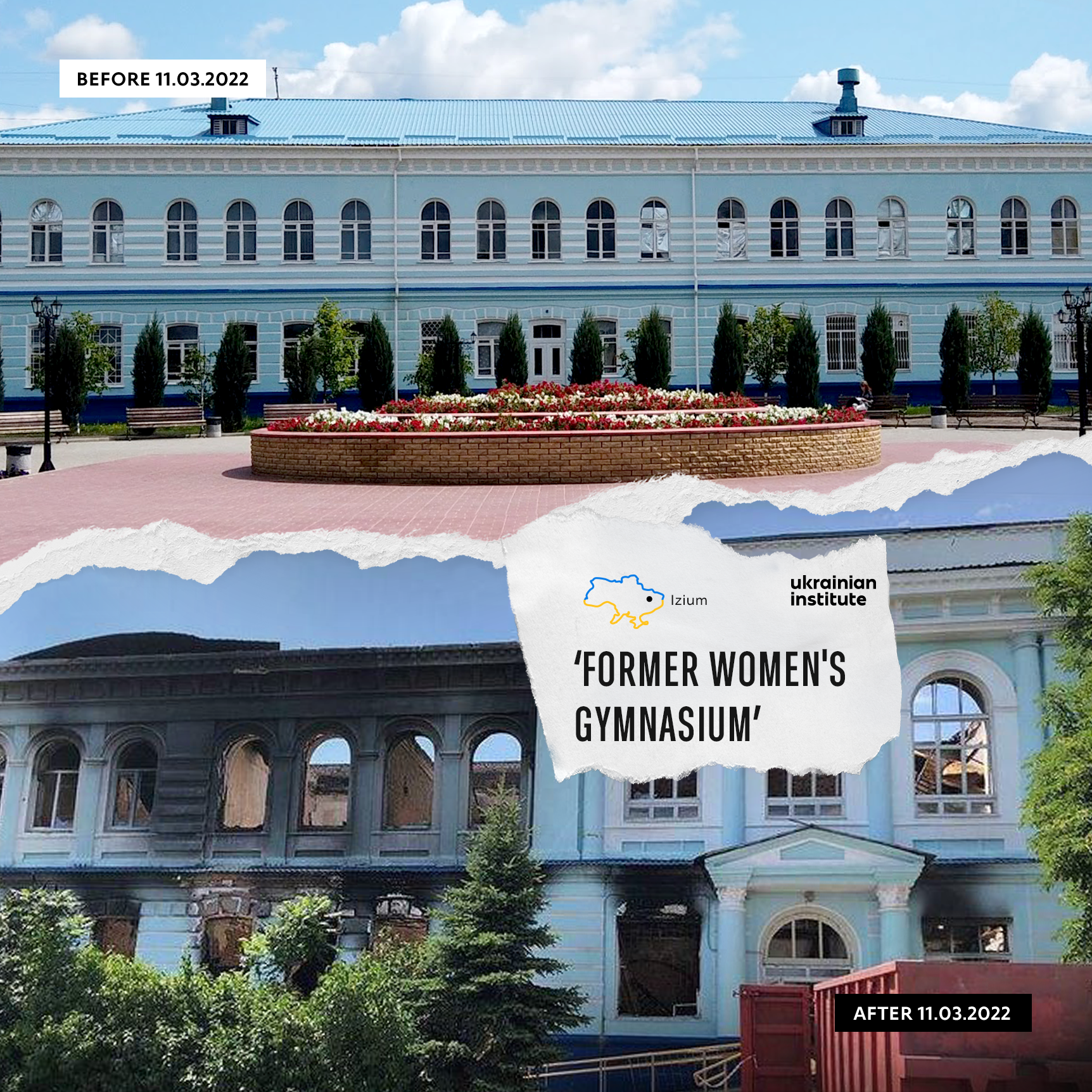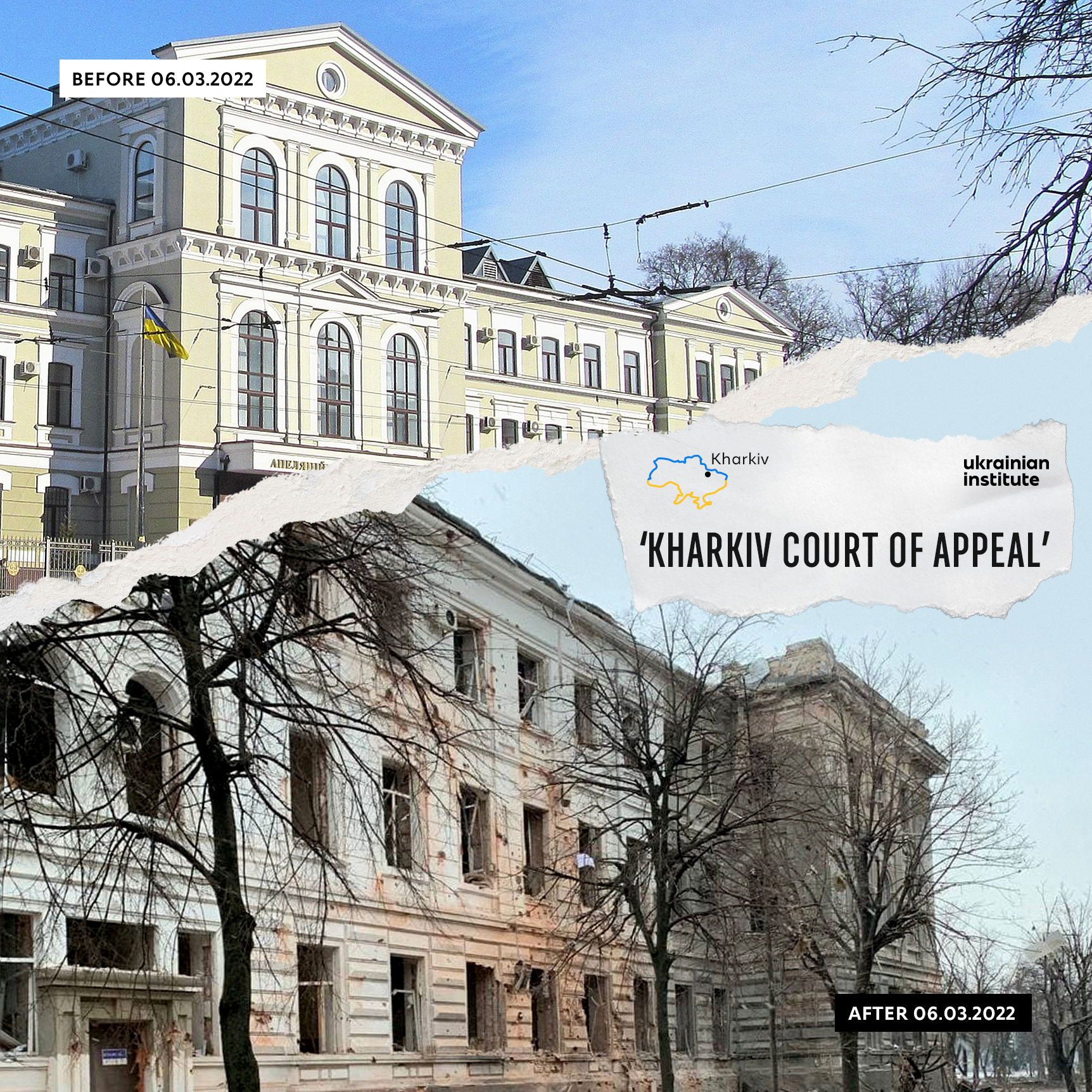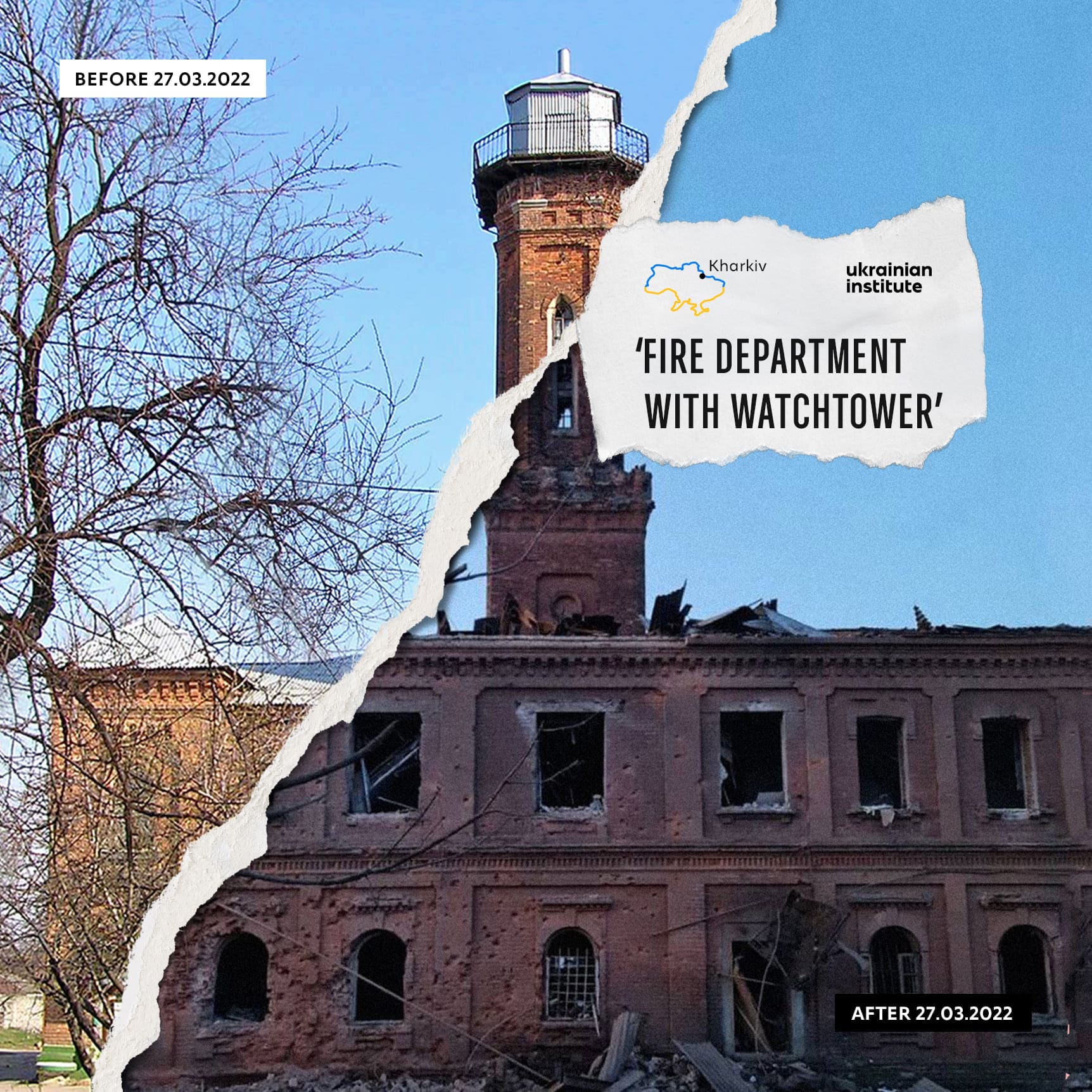
A building of the beginning of the ХХ century in eclecticism style, which housed a female gymnasium from the time of construction and until the 1920s.
The history of women’s education in Kharkiv began in 1812 with the opening of the Institute for Noble Maidens and continued with the establishment of a private school for the daughters of nobles and merchants. Kharkiv was significantly ahead of other cities in terms of the development of women’s education. So, it is not surprising that in the second half of the 19th century, gymnasiums for girls were founded in smaller towns, in particular, Izium. In 1870, a pro-gymnasium (incomplete secondary school) with a six-year course of study for girls of mainly noble origins was opened here, followed by a gymnasium with a seven-year course of study. However, the right to get an education was granted not only to the daughters of the mayor, local officials, and entrepreneurs, as the education of some students was covered by the city council.
Students studied God’s Law, history, mathematics, French, German, and Russian (the official language of the Russian Empire, which at the time included Ukraine), literature, geography, natural science, physics, pedagogy, needlework, drawing, music, and vocal art.
The Izium gymnasium was growing, so the institution needed more space. A new two-storey gymnasium designed by Mykhailo Lovtsov in the eclectic style was constructed in 1903. Its parquet floor, as well as its windows, doors, and building materials, were taken from a former palace near Izium. Here, education continued until 1918. From 1920 to 1940, the building was home to a pedagogical college named after Ivan Franko, a prominent Ukrainian writer, public figure, and politician. In the postwar years, this dilapidated house served as a labor camp for war prisoners. In the 1960s, the former gymnasium was converted into a city polyclinic, which operated until Russia’s large-scale invasion of Ukraine in February 2022.
During the Russian invasion of Ukraine, Izium served as a strategic bridgehead for Russian forces. By capturing the city and cutting off access to Donbas, the Ukrainian forces could be encircled. Therefore, the Russian military exerted maximum effort to capture Izium, applying scorched-earth tactics against the Armed Forces of Ukraine and the civilian population. Due to incessant shelling and a significant numerical advantage, the Russian army gained control over Izium at the beginning of April. However, the road to Donbas remained under the control of the Armed Forces of Ukraine, which have been holding back the Russian military in this direction for several months.
Because Izium became one of the war’s flashpoints, a large part of it was destroyed. As a result of the Russian forces’ shelling, the hundred and twenty-year-old building of the former female gymnasium was damaged. A part of it burned out. Opened shortly after the abolition of serfdom in the Russian Empire, it became a local symbol of education, independence, and gender equality. And in 2022, this place was added to the list of the destroyed and damaged cultural heritage of Ukraine and Europe, which again have to defend the basic civilizational values of human life and freedom.
The site that once held memories may now turn into a memory itself.





















